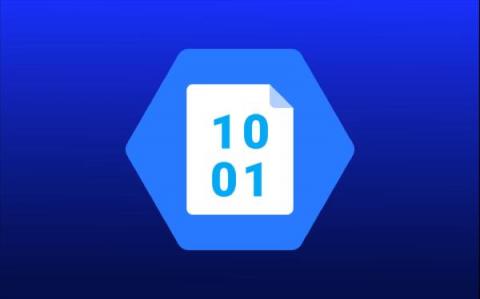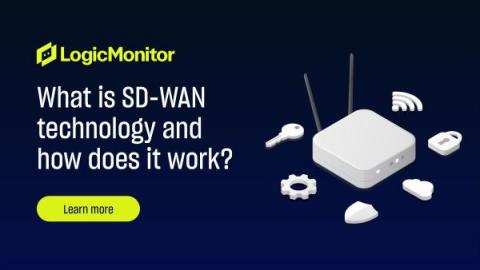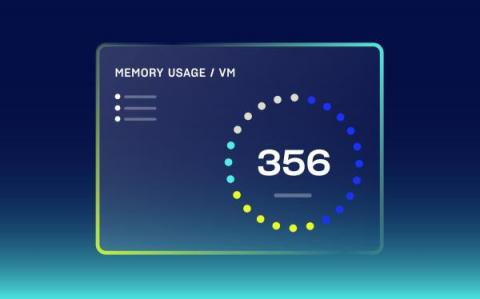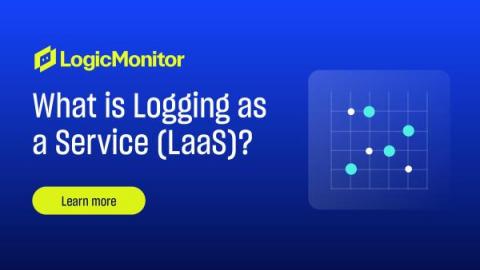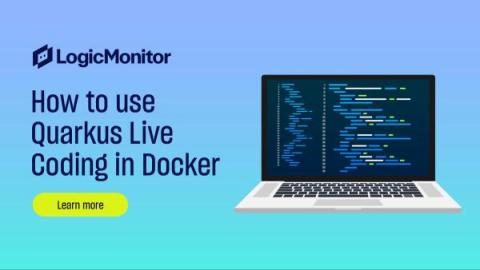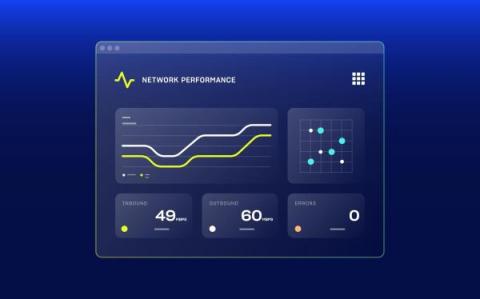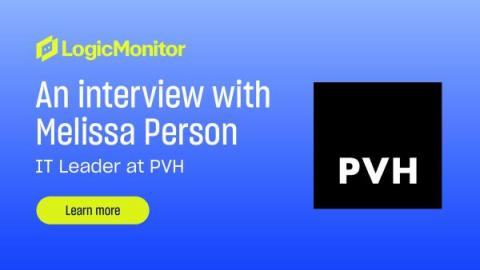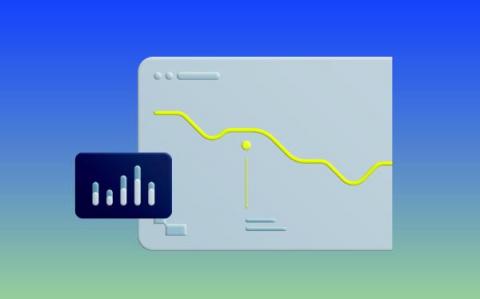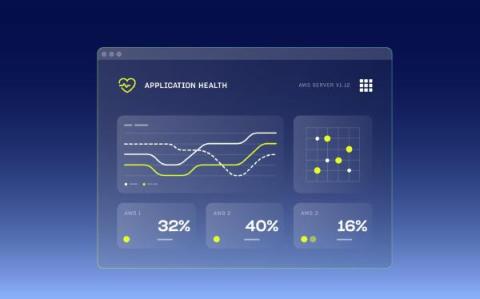What is Azure Blob?
Today, data is invaluable. Many businesses store large amounts of it for everyday operations. Some information is stored in a hierarchical form, but companies must often hold significant amounts of data without any organization. The solution? Microsoft Azure’s Blob Storage. In this article, we’ll consider the key elements of Blob Storage, how it works, and why it’s important.


